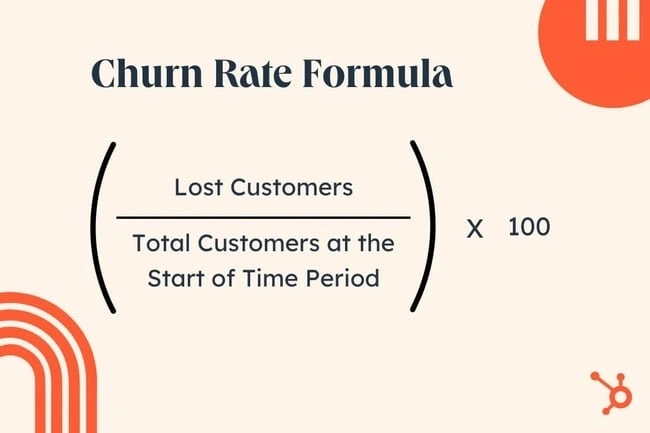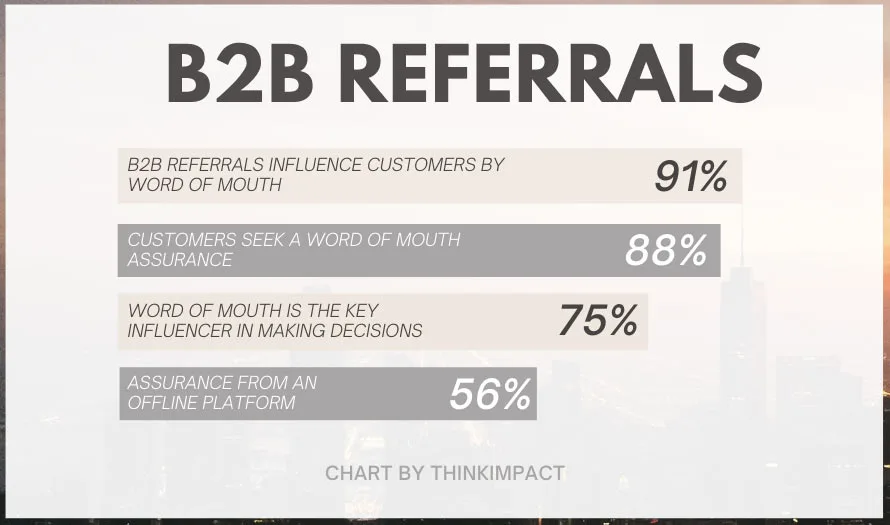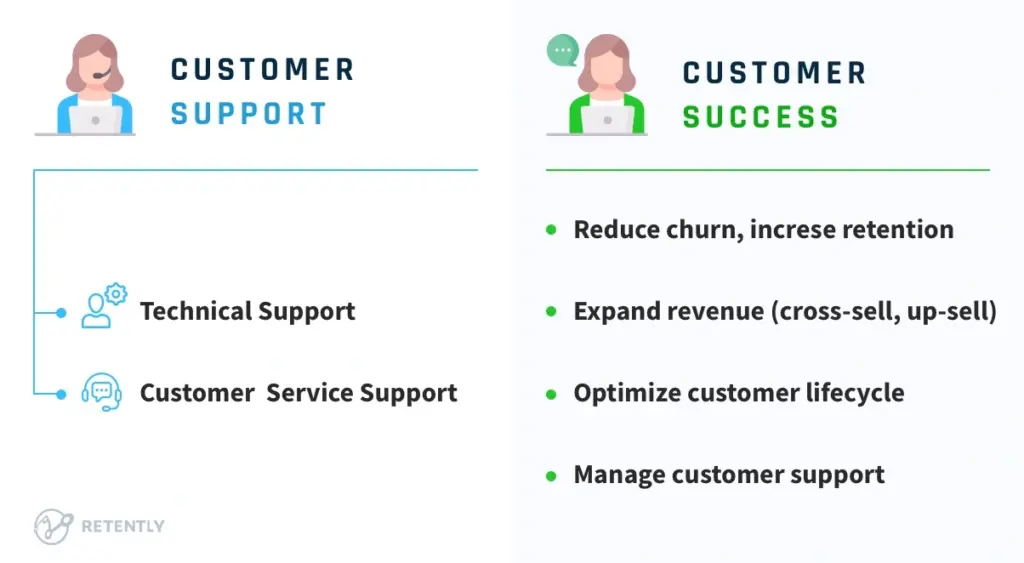10 Ways of Reducing Customer Churn in B2B
In an increasingly competitive B2B landscape, finding ways to reduce customer churn has become a priority for sustainable growth. A consistently high churn rate not only reflects missed opportunities in revenue and growth but also indicates customer relationships might be lacking depth or value.
In this guide, we’ll dive deeper into the implications of high customer churn and 10 effective ways you can reduce it to build deeper customer relationships, enhance organic, referral-based lead-generation, and drive greater long-term growth for your business.
Quick Takeaways:
- Customer churn measures the rate at which customers leave your business over time.
- Churn rate can impact customer lifetime value and referral opportunities, two critical long-term revenue drivers for B2B businesses.
- Strategies like account-based marketing, regular check-ins, customer success outreach, and customer feedback loops build stronger connections that help reduce churn.
- Studying churn data provides valuable insights into why customers leave, and can help you continuously improve your retention strategy.
What is Customer Churn and Why Does it Matter?
In the B2B world, customer retention is as crucial as customer acquisition, if not more. It’s an indicator of how effective your solutions are and how well you serve your customers. Equally importantly, it allows you to generate revenue without the long and time-intensive sales process usually required to convert a new customer.
A key metric that businesses monitor to understand their retention efficacy is customer churn, which is the percentage of customers that stop using your company’s product or service during a specified period of time.
Customer churn is calculated by taking the number of customers lost during a time period divided by the total number of customers at the beginning of the period, multiplied by 100. So, for example, a company that begins the quarter with 100 customers and loses 5 by the end of it would have a churn rate of 5%.

In the B2B world, knowing how to reduce customer churn is especially pivotal for a few reasons:
High Customer Lifetime Value
B2B relationships involve substantial investments, long-term contracts, and intricate integration processes. Consequently, the lifetime value of a B2B customer is typically higher than in B2C scenarios. When customers churn at a high rate, the loss in potential revenue can be significant.
Cost of Acquisition
Acquiring a B2B customer requires dedicated resources, time, and effort. This includes extended sales cycles, detailed demonstrations, and sometimes even pilot projects. Losing a customer, then, means not just the loss of future revenue but also a sunk cost that your company won’t recoup.
Referral Opportunities
The importance of referrals and word-of-mouth marketing in the B2B can’t be understated. A staggering 91% of B2B referrals influence customers via word-of-mouth, and 88% of B2B buyers specifically seek out word-of-mouth recommendations. For 75%, word of mouth is the key influencer in their purchase decision. High churn means less satisfied customers making referrals for your business.

Compounded Growth Impact
In B2B, consistent churn can severely impede growth. Not only are you losing existing customers, but the effort to replace them diverts resources from potential expansion opportunities.
Understanding and addressing customer churn is thus essential for sustained growth and profitability in B2B sectors. By identifying the root causes and implementing strategies to counteract them, companies can fortify their client relationships and enhance their market position.
Let’s look at some of the best ways to reduce customer churn effectively and permanently.
10 Ways to Reduce Customer Churn in B2B
Customer churn is a challenge many B2B companies grapple with, but with the right strategies, it’s one that can be managed effectively. Here are some of the best ways to proactively and continuously reduce customer churn for your B2B organization.
Enhance Customer Relationships with ABM
Account-based marketing (ABM) involves tailoring marketing and sales efforts specifically to individual client accounts. By targeting content and communication to meet the unique needs of each client, you’ll not only meet their needs but foster a stronger, more personalized relationship, making them less likely to leave.
Conduct Regular Check-Ins and Reviews
Scheduling periodic check-ins or reviews with your customers can help address any issues or concerns before they escalate. It provides an opportunity to understand their evolving needs and demonstrate your commitment to their success.
Invest in Customer Success Teams
Beyond support teams, customer success professionals focus on ensuring clients derive maximum value from your product or service. They play a proactive role in guiding customers, offering best practices, and ensuring the client’s goals are met.

By implementing a customer success team, you can maximize customer satisfaction with your products and services at every stage of the customer journey.
Provide Continuous Training and Education
The B2B world is always changing, and so do the products and services offered in this realm. Regular training sessions, webinars, and educational content can help clients stay updated, ensuring they always extract the best value from your solutions even as they evolve over time.
Use Feedback Enhance Product and Service Quality
Regularly solicit customer feedback and conduct quality checks. Ensuring that your product or service is top-notch and meets the changing demands of the market is foundational. Communicate clearly and transparently about how you’re using feedback to make improvements. Customers deeply value this kind of honesty, and it establishes deeper trust with your client base.
Create a Loyalty Program
Incentivizing long-term commitment with discounts, exclusive offers, or additional services can make clients think twice before leaving. It also shows that you prioritize offering benefits to existing customers, not just to win over new prospects.
Transparent Communication
Be upfront about any changes, updates, or potential issues. As we know, customers appreciate honesty, and clear communication can prevent misunderstandings that might lead to churn.
Analyze Churn Data
Dive deep into the data of the customers who have left. Identify commonalities, trends, or feedback that can provide insights into why they churned. Use this data to refine your strategies.
Offer Flexible Contract Terms
Sometimes, customers face budgetary or strategic changes. Offering flexible terms or custom packages can help retain clients who might otherwise leave due to rigid contract structures.
Strengthen Post-Sale Support
After the sale is when customers truly experience your product or service. Robust post-sale support, be it through detailed onboarding, 24/7 customer service, or dedicated account managers, can make all the difference.
By integrating these strategies into your B2B operations, you’ll not only reduce churn but also foster an environment where clients feel valued and understood. Over time, this can lead to increased customer loyalty, more referrals, higher revenue generation, and greater growth for your business.
Televerde can help you develop and implement a customer success strategy that reduces customer churn and helps you build long-lasting relationships with clients. Contact our team to learn more.


